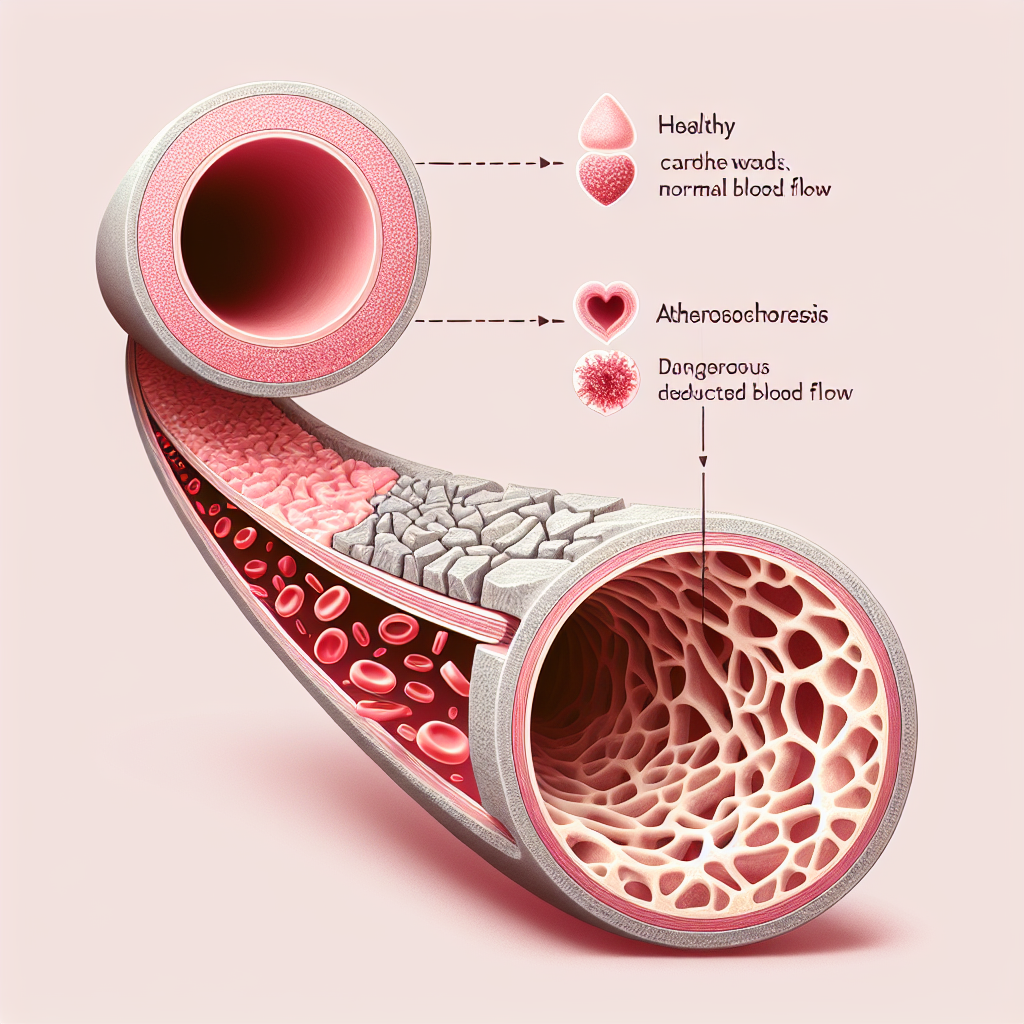Atherosclerosis, a chronic inflammatory disease, is recognized as the leading cause of cardiovascular disorders including heart attacks and strokes. Predominantly, atherosclerosis arises from buildup of fats, cholesterol, and other substances in and on the artery walls that gradually block the blood flow. However, the underlying causes go beyond these factors and understanding them will aid in early diagnosis, prevention, and treatment strategies for atherosclerosis affecting millions worldwide.
The Mechanism of Atherosclerosis
The condition starts with injury to the endothelium, the inner lining of the arteries due to factors like high blood pressure, high cholesterol, high triglyceride levels, smoking, and diabetes. This triggers an inflammatory response from the body. White blood cells, called monocytes, rush to the site of the injury where they transform into macrophages. These macrophages start engulfing the low-density lipoprotein (LDL) cholesterol in a bid to remove it from the artery. However, this turns them into ‘foam cells’ which further engorge the artery walls leading to the formation of a fatty streak or a ‘plaque’.
Vital Underlying Causes
Several factors contribute to the development and progression of atherosclerosis, they include:
Chronic Inflammation
The body’s response to artery injury is inflammation, which has a vital role in atherosclerosis. Chronic inflammation, due to factors like obesity, chronic infections, auto-immune diseases or long-term exposure to irritants like tobacco smoke, speeds up the atherosclerosis process leading to the formation of complex plaques.
Genetics
Studies have found a link between genetics and atherosclerosis. Genes that regulate the body’s inflammation response, cholesterol levels, blood pressure, glucose metabolism and other functions related to cardiovascular health can influence the risk of developing atherosclerosis.
Lifestyle Factors
Unhealthy dietary habits, lack of physical activity, and smoking increase the risk of developing atherosclerosis. An unhealthy diet high in saturated or trans fats can increase LDL cholesterol levels. Sedentary lifestyle or lack of regular exercise can lead to various health conditions like obesity, high blood pressure, diabetes, or higher LDL cholesterol levels, all of which escalate the risk of atherosclerosis. Smoking damages the endothelium, increasing the risk of plaque formation.
Conclusion
Understanding the underlying causes of atherosclerosis is paramount to promoting healthier hearts and longevity. By controlling modifiable risk factors like diet, exercise, and smoking, we can reduce the occurrence of this disease and its dire consequences. It is also vital to conduct ongoing studies to get deeper insights into the genetic factors impacting this condition to enable early diagnosis and targeted interventions.
FAQs
1. What is atherosclerosis?
Atherosclerosis is a chronic disease where plaque, a combination of fats, cholesterol, calcium, and other substances, builds up inside the arteries, causing them to harden and narrow, and inhibiting blood flow.
2. What causes atherosclerosis?
An injury to the artery lining triggers atherosclerosis. This injury can be due to high blood pressure, high cholesterol, smoking, diabetes or high triglyceride levels. Chronic inflammation and genetic factors can also contribute.
3. Is atherosclerosis preventable?
Yes, atherosclerosis can be significantly prevented by adopting healthier lifestyle habits like regular physical exercise, a balanced diet low in saturated and trans fats, and no smoking. Managing medical conditions like diabetes, or high blood pressure and cholesterol levels also help.
4. Can atherosclerosis be reversed?
While there is no cure for atherosclerosis, its progression can be slowed or halted in some cases with appropriate lifestyle changes and medication.
5. How does smoking cause atherosclerosis?
Smoking damages the inner lining of the arteries, leading to their hardening and thickening, thereby promoting plaque buildup.

Leave a Reply